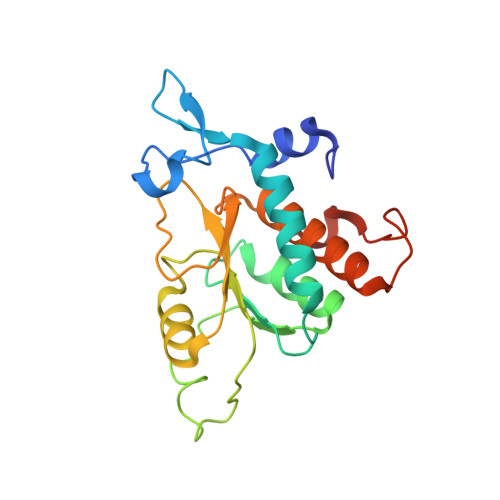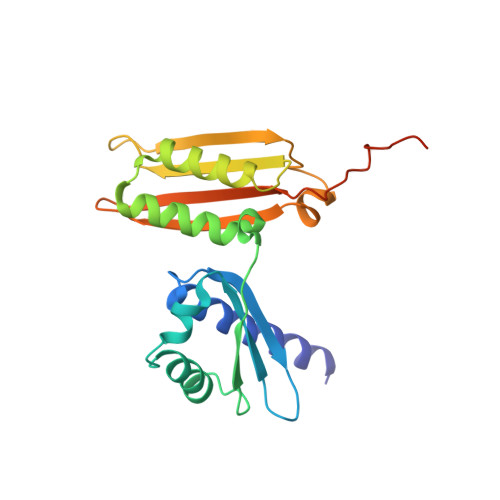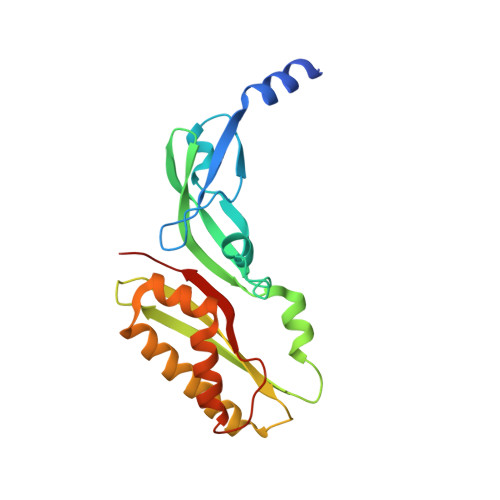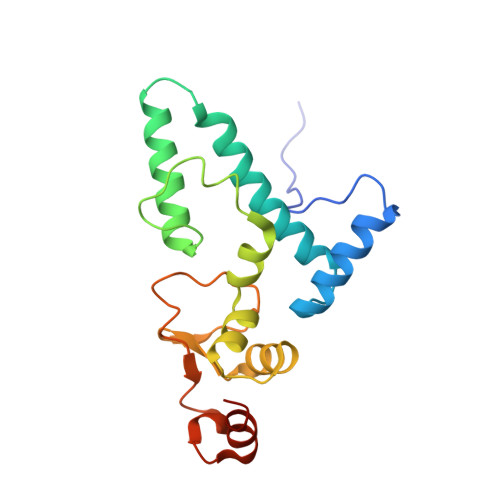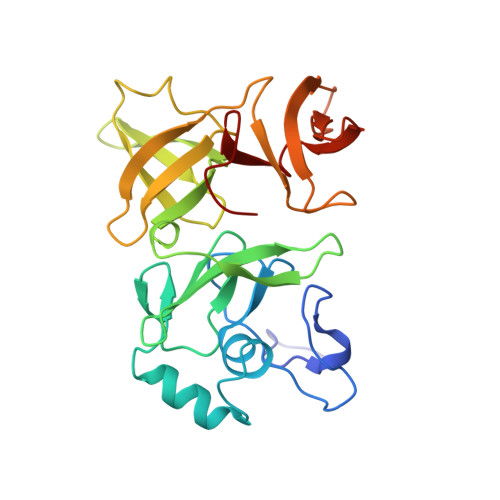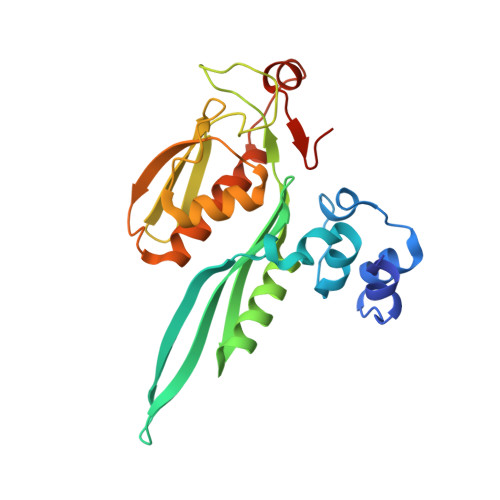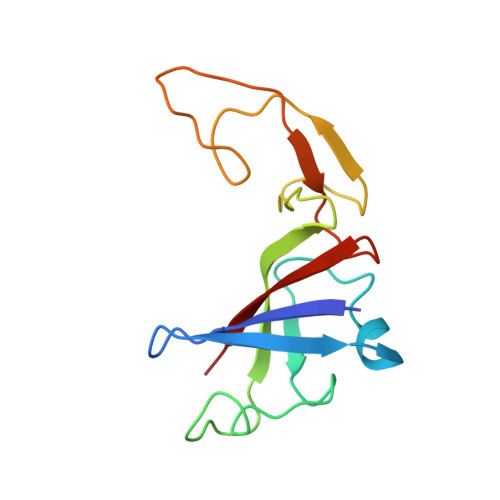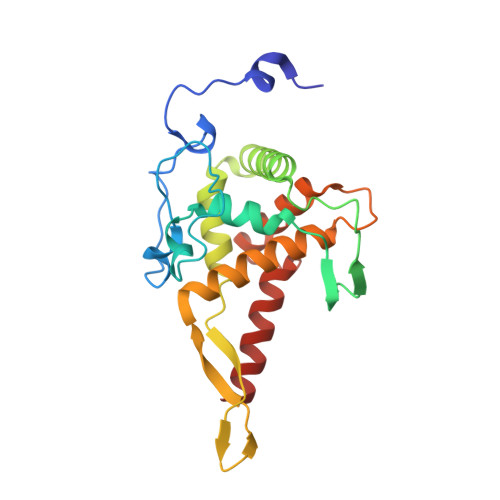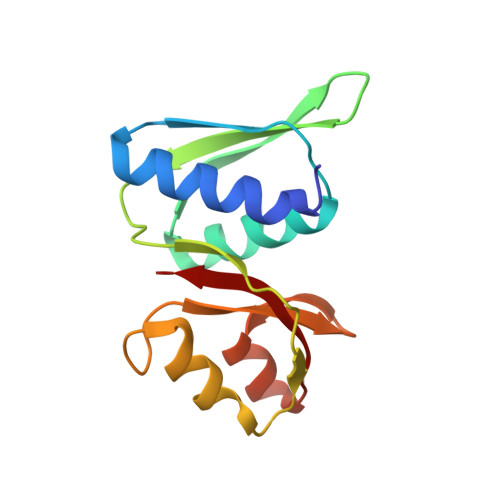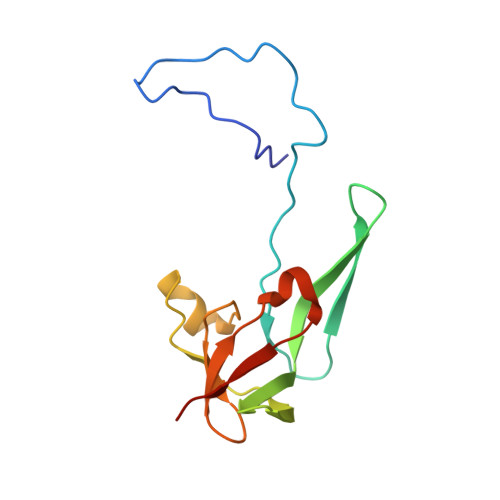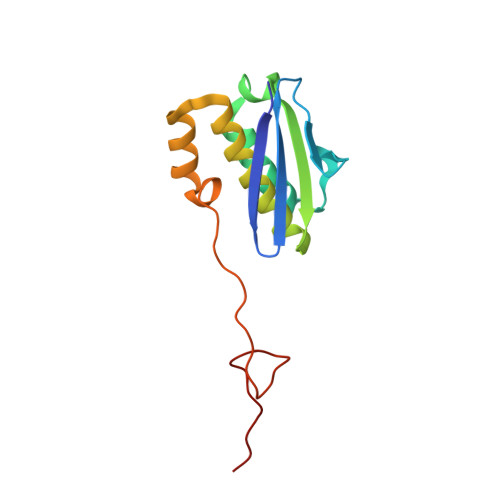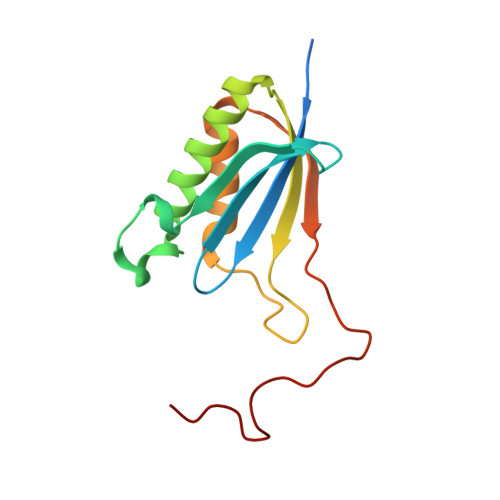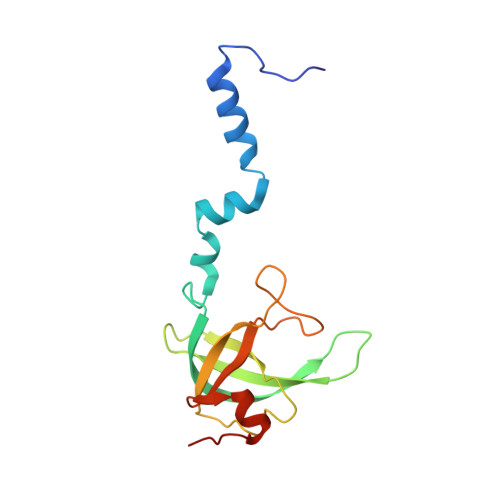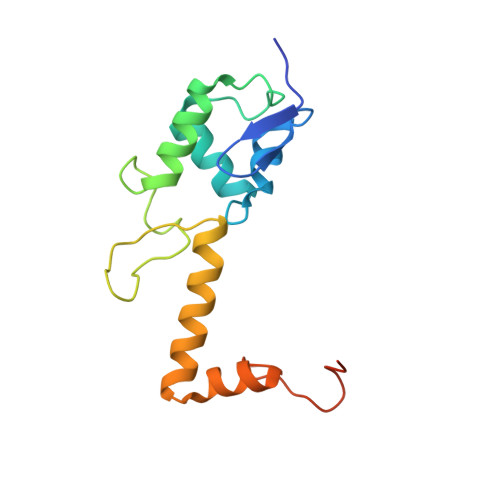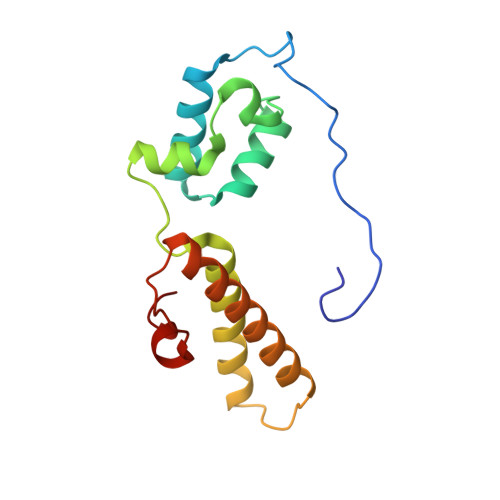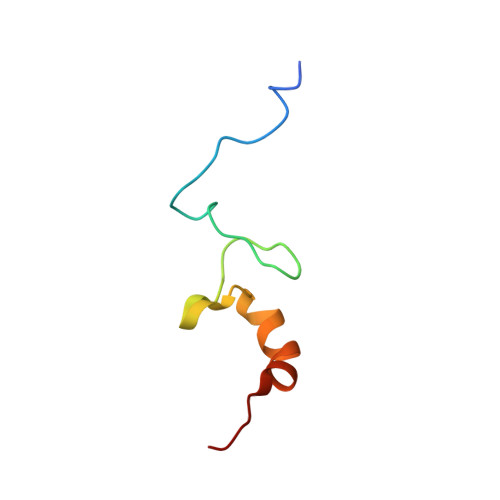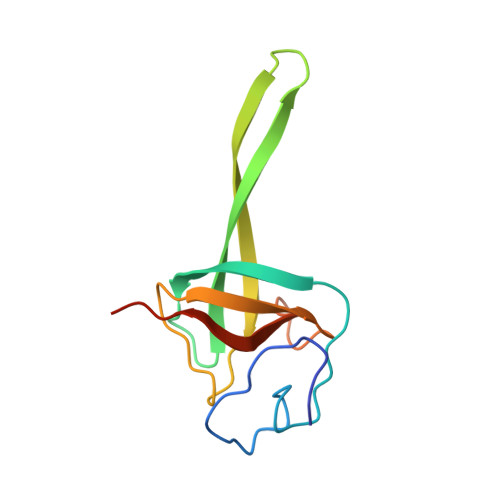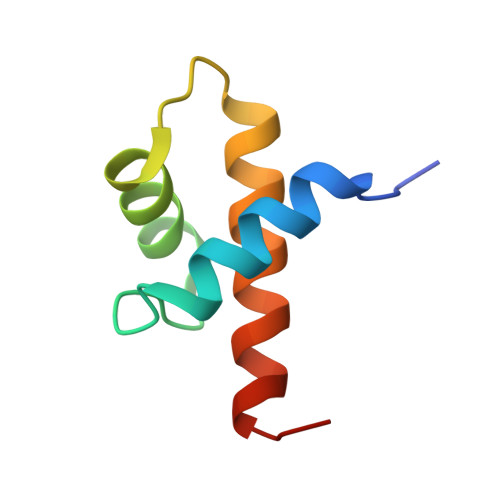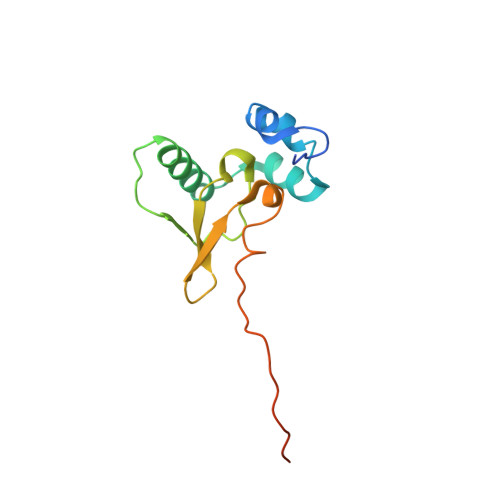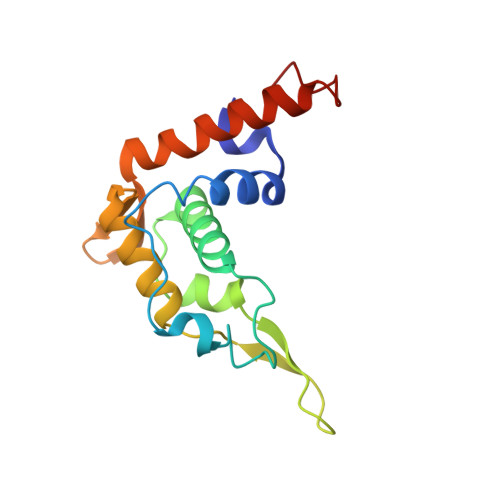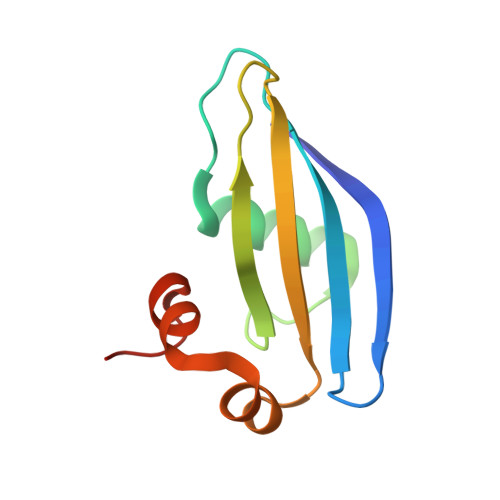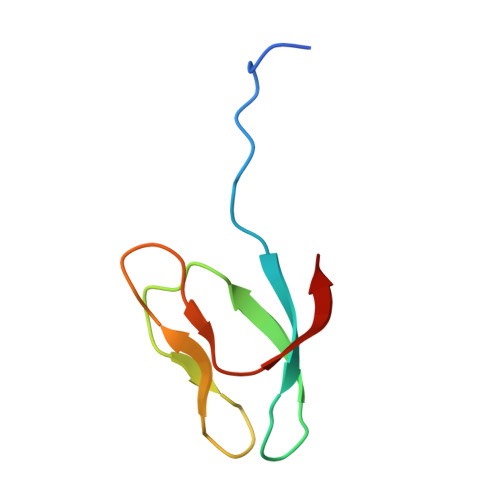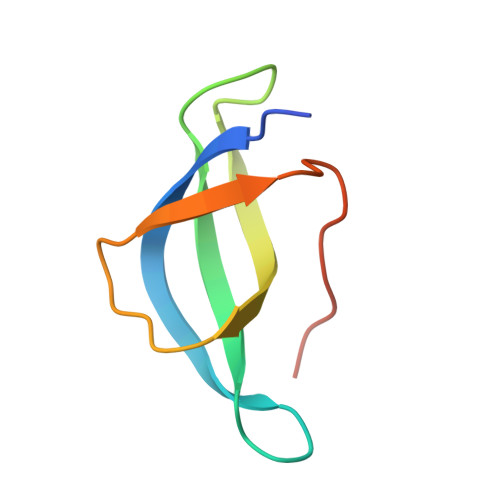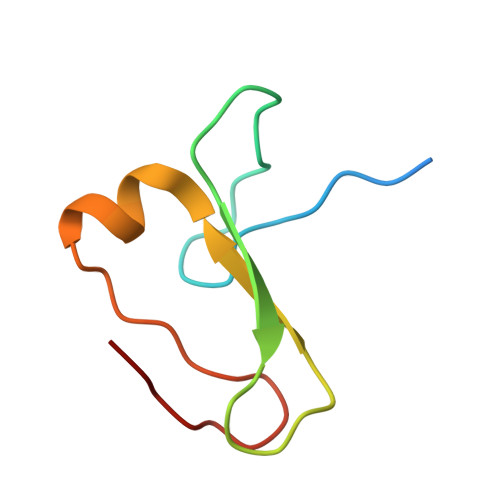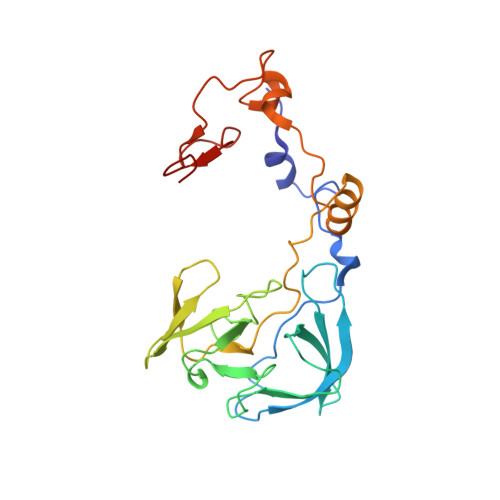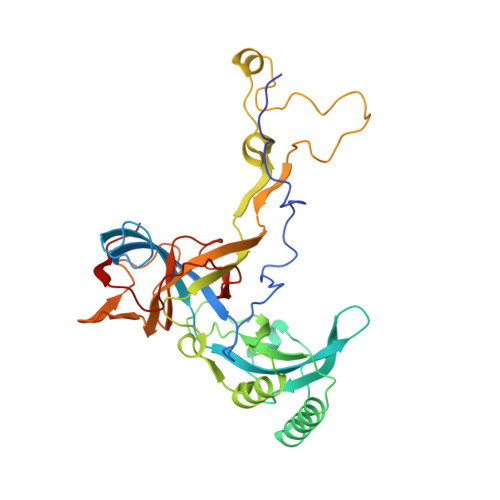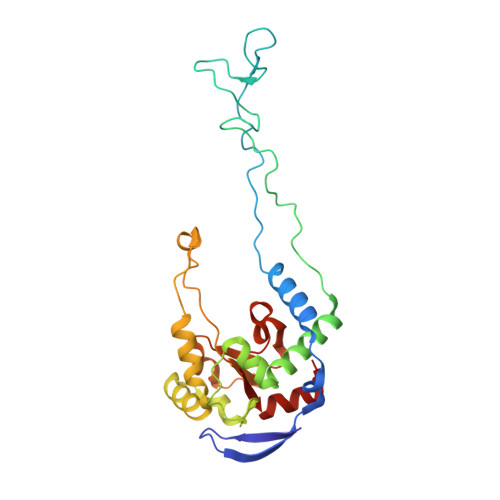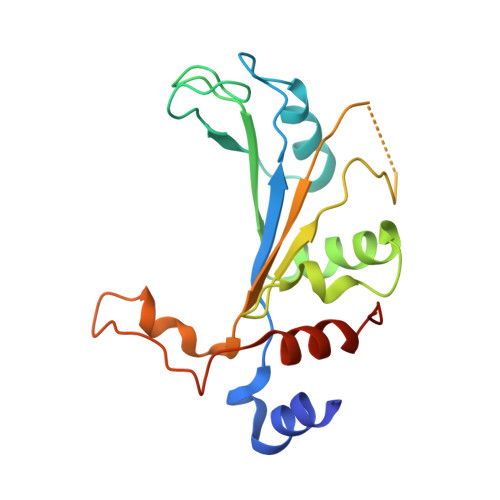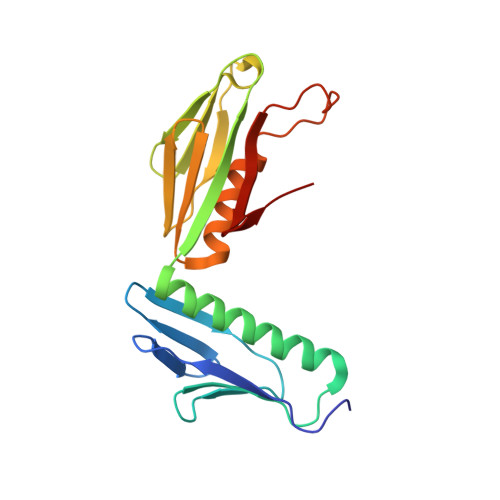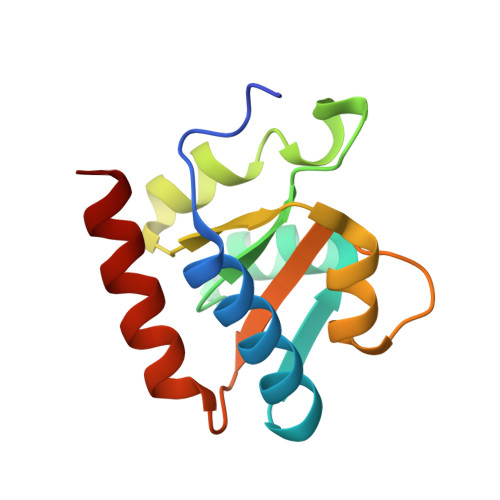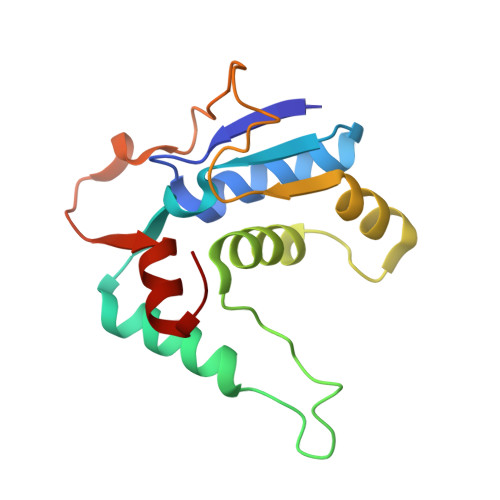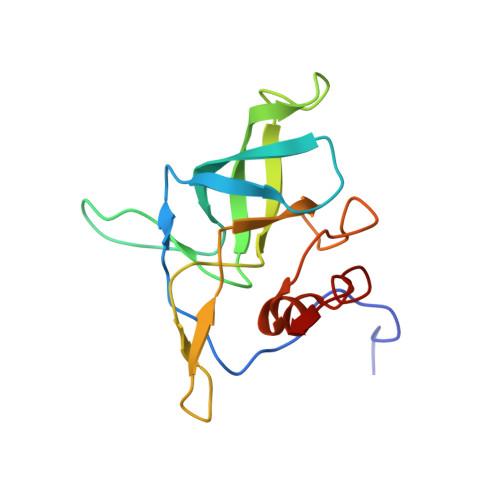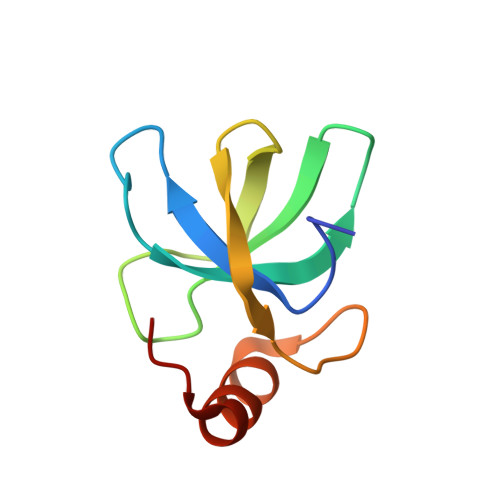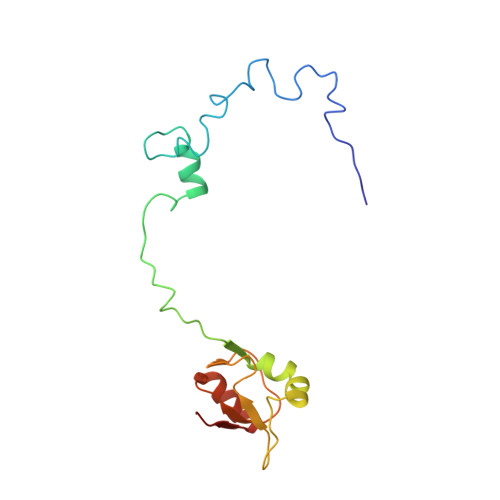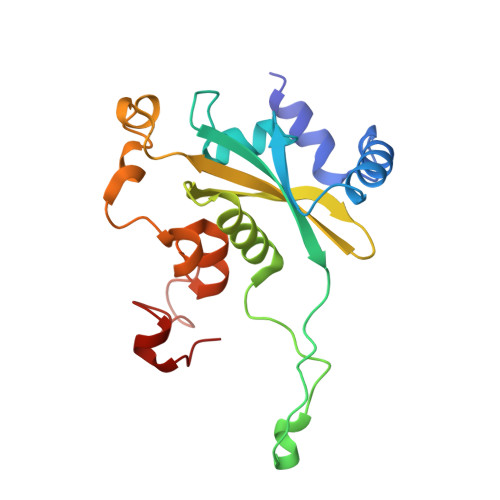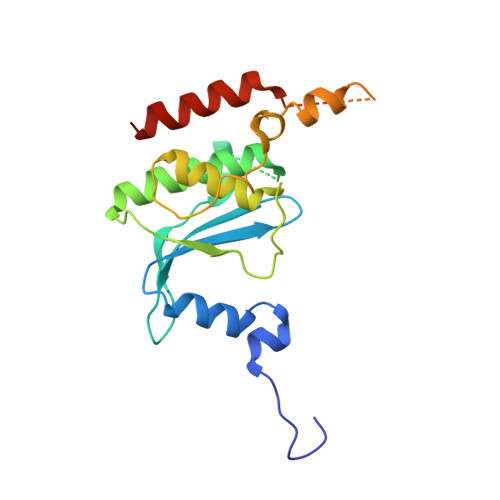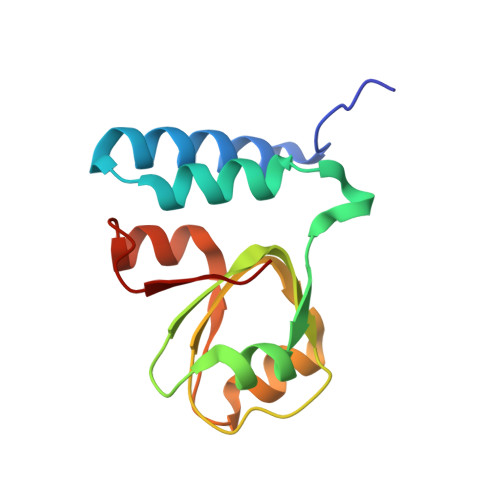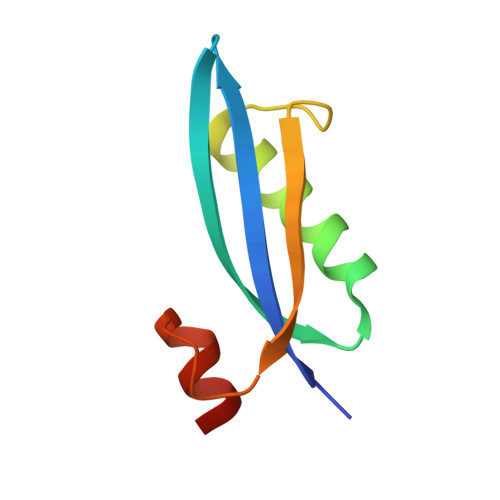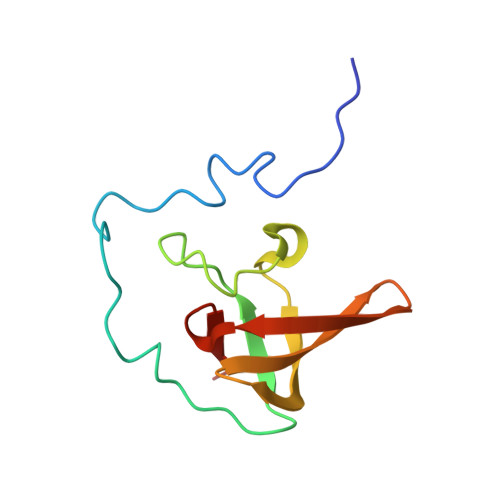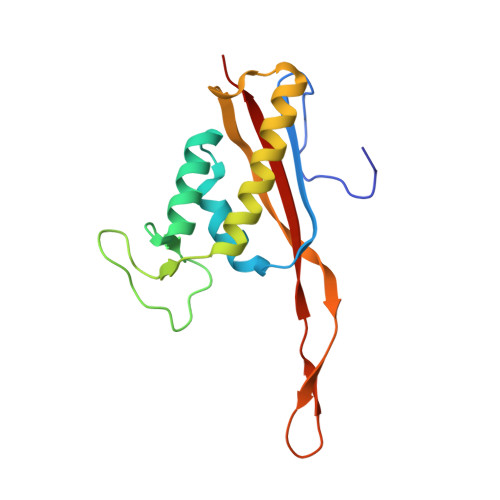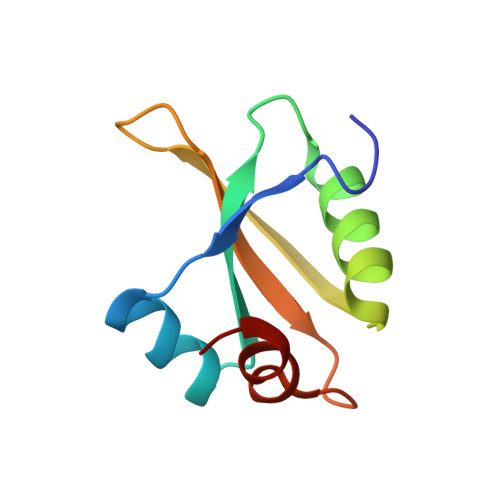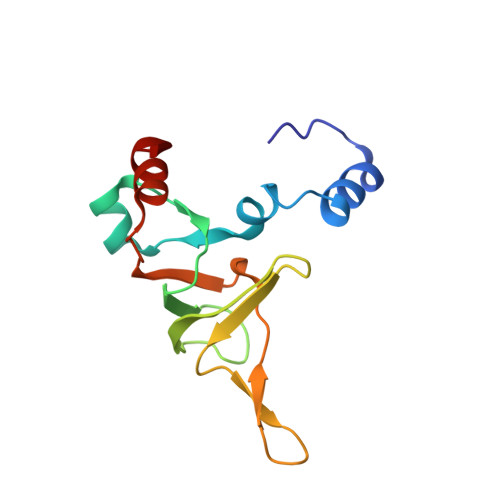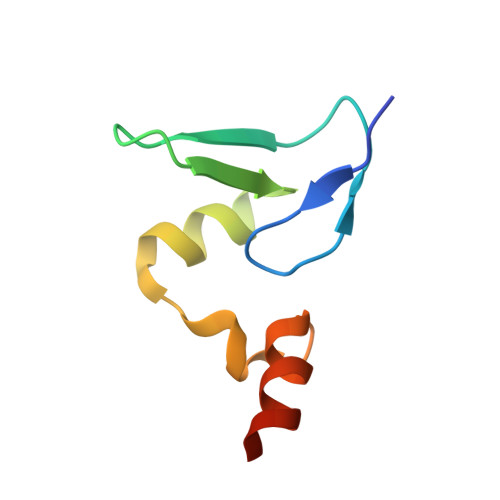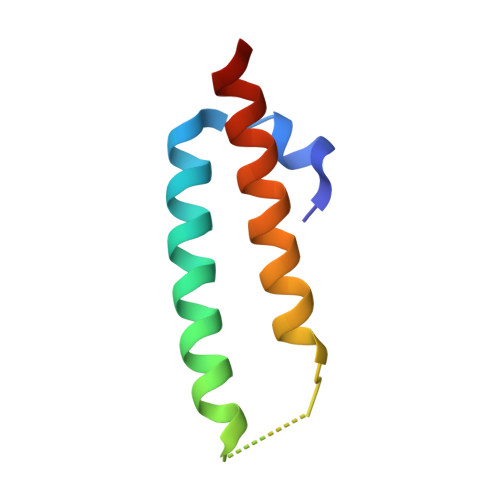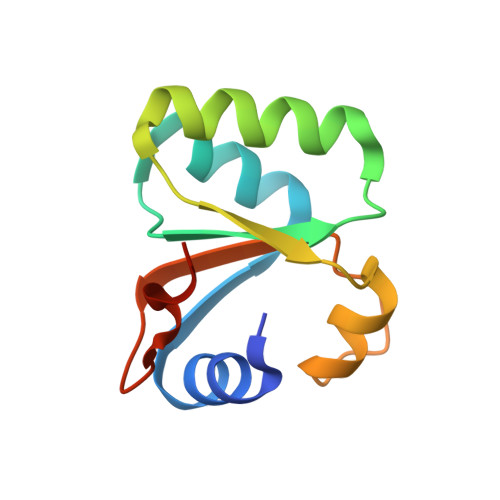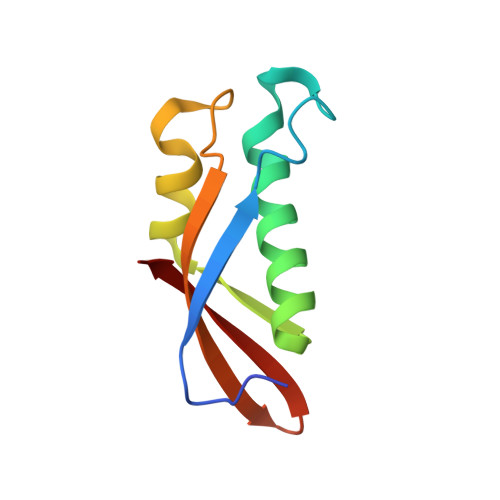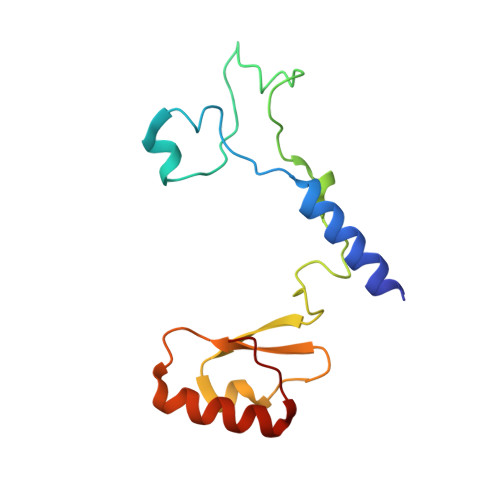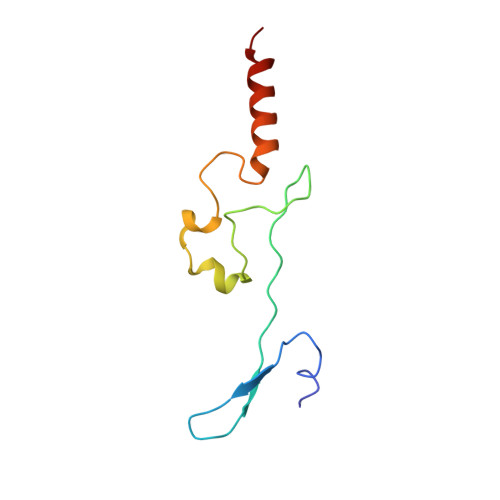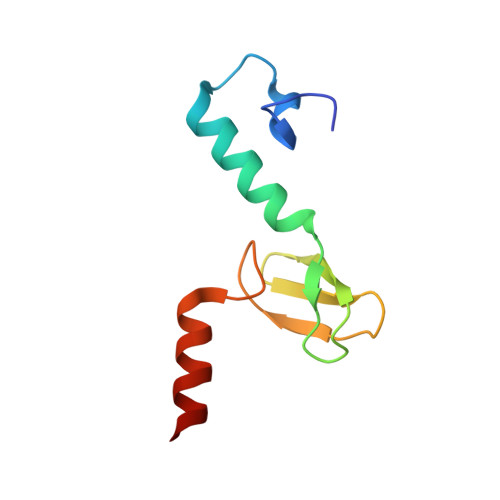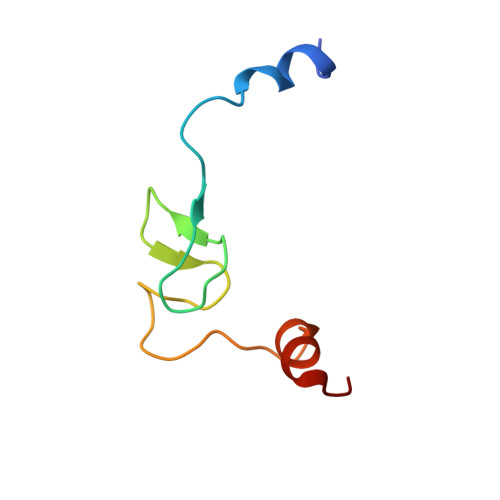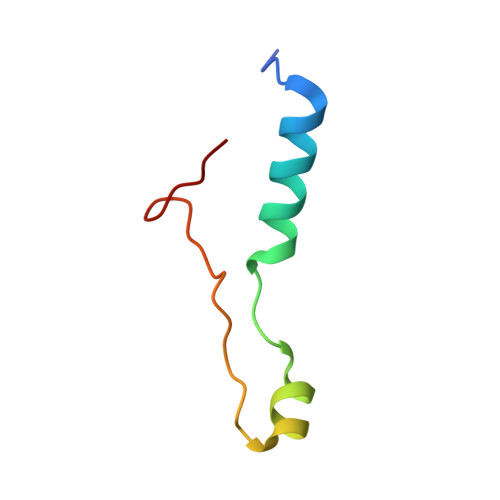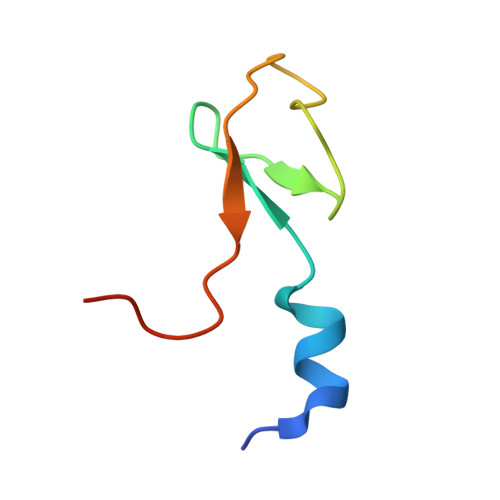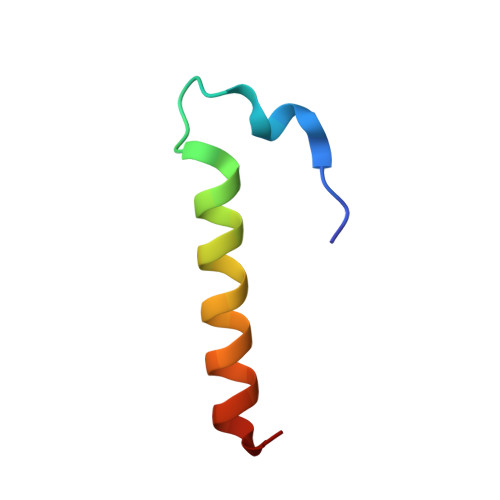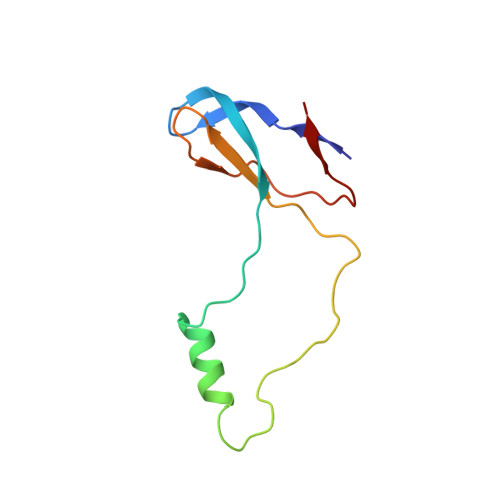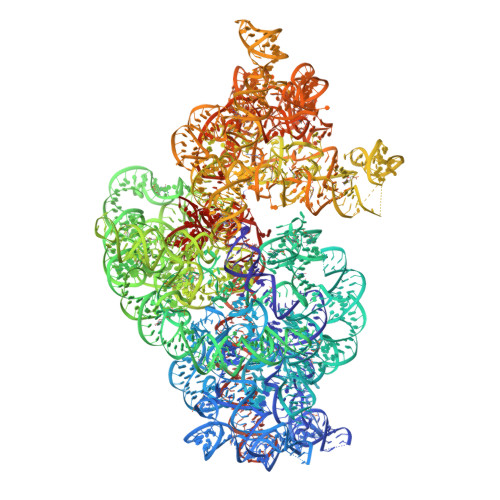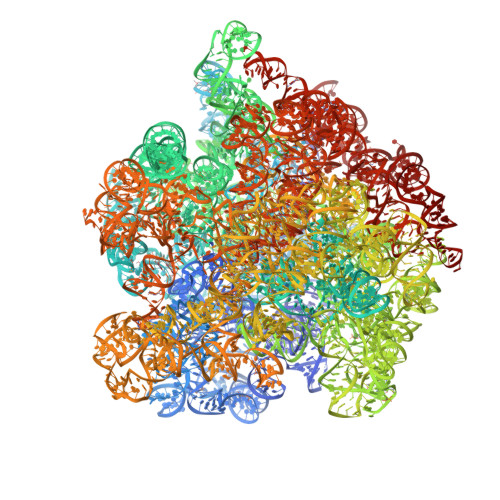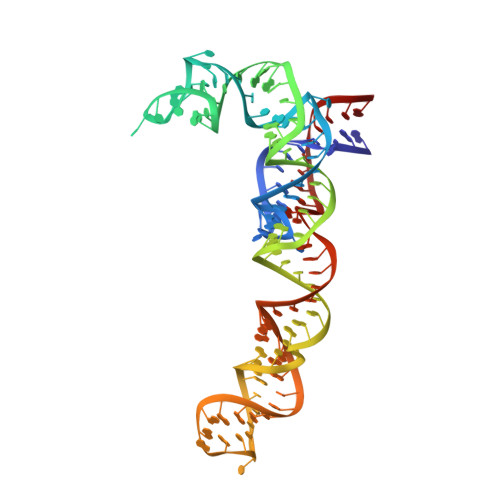Dynamic RNA acetylation revealed by quantitative cross-evolutionary mapping.
Sas-Chen, A., Thomas, J.M., Matzov, D., Taoka, M., Nance, K.D., Nir, R., Bryson, K.M., Shachar, R., Liman, G.L.S., Burkhart, B.W., Gamage, S.T., Nobe, Y., Briney, C.A., Levy, M.J., Fuchs, R.T., Robb, G.B., Hartmann, J., Sharma, S., Lin, Q., Florens, L., Washburn, M.P., Isobe, T., Santangelo, T.J., Shalev-Benami, M., Meier, J.L., Schwartz, S.(2020) Nature 583: 638-643
- PubMed: 32555463
- DOI: https://doi.org/10.1038/s41586-020-2418-2
- Primary Citation of Related Structures:
6SKF, 6SKG, 6TH6 - PubMed Abstract:
N 4 -acetylcytidine (ac 4 C) is an ancient and highly conserved RNA modification that is present on tRNA and rRNA and has recently been investigated in eukaryotic mRNA 1-3 . However, the distribution, dynamics and functions of cytidine acetylation have yet to be fully elucidated. Here we report ac 4 C-seq, a chemical genomic method for the transcriptome-wide quantitative mapping of ac 4 C at single-nucleotide resolution. In human and yeast mRNAs, ac 4 C sites are not detected but can be induced-at a conserved sequence motif-via the ectopic overexpression of eukaryotic acetyltransferase complexes. By contrast, cross-evolutionary profiling revealed unprecedented levels of ac 4 C across hundreds of residues in rRNA, tRNA, non-coding RNA and mRNA from hyperthermophilic archaea. Ac 4 C is markedly induced in response to increases in temperature, and acetyltransferase-deficient archaeal strains exhibit temperature-dependent growth defects. Visualization of wild-type and acetyltransferase-deficient archaeal ribosomes by cryo-electron microscopy provided structural insights into the temperature-dependent distribution of ac 4 C and its potential thermoadaptive role. Our studies quantitatively define the ac 4 C landscape, providing a technical and conceptual foundation for elucidating the role of this modification in biology and disease 4-6 .
Organizational Affiliation:
Department of Molecular Genetics, Weizmann Institute of Science, Rehovot, Israel.








